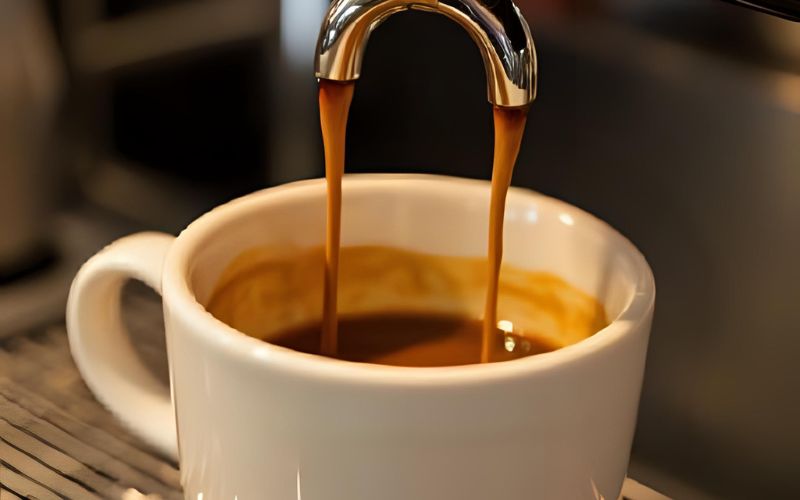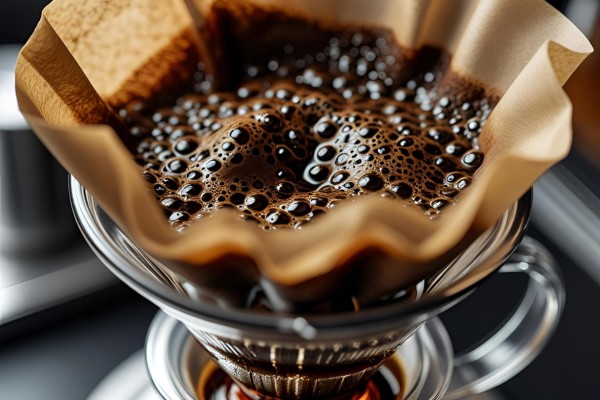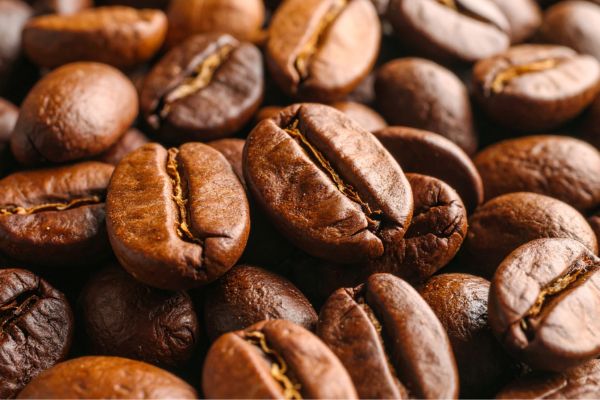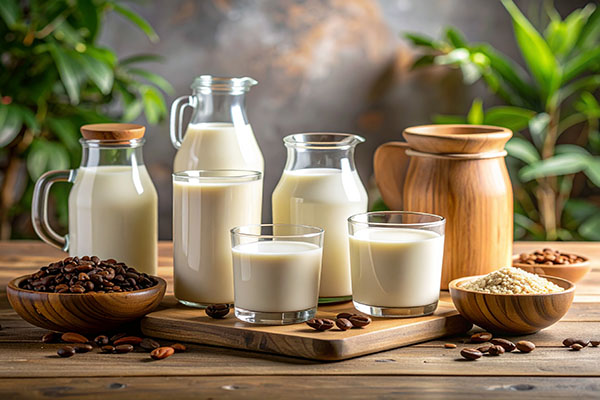
Understanding Espresso: A Beginner's Guide
What exactly is espresso? This guide breaks down the fundamentals of an espresso shot, from the 'ristretto, normale, lungo' distinctions to the key components of crema, heart, and body.
What is Espresso?
Espresso is not a type of bean, a roast level, or a flavor. Espresso is a brewing method.
Specifically, it is a method of brewing coffee that involves forcing a small amount of nearly boiling water through finely-ground coffee beans under high pressure. This intense, concentrated brewing process produces a small, powerful shot of coffee that is the foundation for many of the drinks we know and love, like lattes, cappuccinos, and Americanos.
The key elements that define an espresso are:
- A small volume: Typically around 1 ounce (30 ml) for a single shot.
- Fine grind: The coffee must be finely ground to create resistance against the high pressure.
- High pressure: Usually 9 bars of pressure (or 130 PSI).
- Fast extraction: The entire brewing process takes only about 20-30 seconds.
This high-pressure, rapid extraction is what gives espresso its unique characteristics: a full, viscous body, a concentrated flavor, and the signature layer of foam on top known as crema.
The Anatomy of an Espresso Shot
A well-pulled shot of espresso has three distinct layers:
-
The Crema (Top Layer): This is the reddish-brown, frothy layer on the surface of the espresso. It's formed when the high-pressure water emulsifies the coffee bean's oils and suspends them in a colloid of tiny gas bubbles. The crema contributes to the aroma, texture, and long, lingering aftertaste of the espresso. A good crema is a sign of a fresh, well-made shot.
-
The Body (Middle Layer): This is the heart of the espresso, a darker brown layer that makes up the bulk of the shot. It holds the rich flavor and aromatic compounds of the coffee.
-
The Heart (Bottom Layer): The very bottom of the shot is the darkest part, containing the deep, intense, and sometimes bitter notes that provide the foundation of the espresso's flavor.
Types of Espresso Shots: Ristretto, Normale, and Lungo
These Italian terms refer to the brew ratio used to pull the shot, which is the ratio of dry ground coffee (the "dose") to liquid espresso (the "yield").
-
Ristretto (Restricted):
- Ratio: 1:1 to 1:1.5 (e.g., 18g of coffee in, 18-27g of espresso out).
- Description: A "short shot." It uses less water, resulting in a smaller, more concentrated, and sweeter shot with a heavier body. The ristretto highlights the sweetest, most intense flavors of the coffee and mutes the bitterness that comes at the end of the extraction.
-
Normale (Normal):
- Ratio: 1:2 to 1:3 (e.g., 18g of coffee in, 36-54g of espresso out).
- Description: This is the standard espresso shot that most cafés aim for. It offers the best balance of sweetness, acidity, and bitterness, with a well-rounded flavor and a satisfying body.
-
Lungo (Long):
- Ratio: 1:3 and beyond (e.g., 18g of coffee in, 54g+ of espresso out).
- Description: A "long shot." It uses more water, resulting in a larger, more diluted, and less intense shot. A lungo will have a lighter body and will extract more of the bitter compounds from the coffee, as the water is in contact with the grounds for a longer time.
Understanding these fundamentals is the first step to appreciating the art and science behind a great shot of espresso. It's a small drink with a world of complexity.


